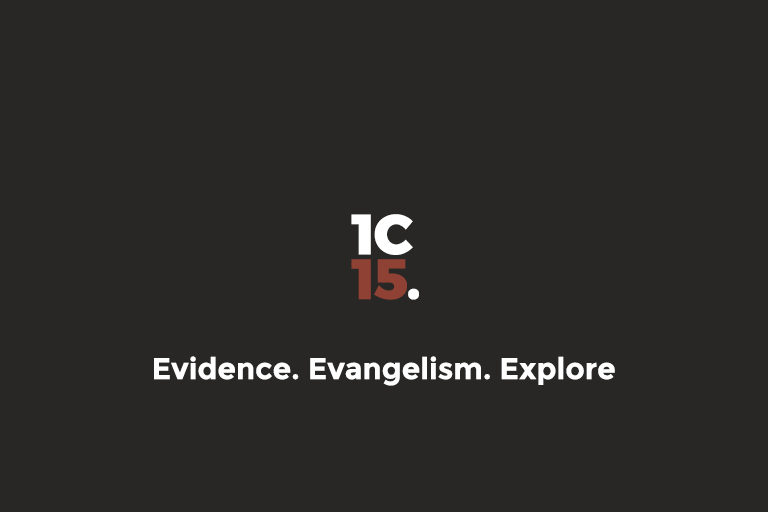Reactions to this research from sceptics

3 Interesting reactions I’ll document here that people have taken to in light of this powerful research.
John Beloff
John in the journal The Humanist argues that the data in favour of life after death was so impressive that even humanists should just admit an afterlife and then attempt to interpret it in naturalistic terms. Beloff states the evidence indicates a “dualistic world where mind or spirit has an existence separate from the world of material things.” He also conceded that this would, in his own words “present a challenge to Humanism as profound in its own way as that which Darwinian Evolution did to Christianity a century ago.” Therefore naturalists “cannot afford to close our minds… to the possibility of some kind of survival.” [1]
Ronald Siegel
In a meeting in 1981 of the American psychological Association, a panel discussed the nature and origin of NDE’s. UCLA psychologist Ronald Siegel made the assumption that NDE’s could be explained by natural means. He was in favour of a form of hallucination theory, however Siegel was challenged on this. Cardiologist and panel member Michael Sabom covered how in his yet unpublished work on corroborative accounts the hallucination hypothesis could not explain the data—Siegel did not respond and the panel members agreed with Sabom. [2]
A.J. Ayer
This is an account of most high interest, eminent atheistic philosopher A. J. Ayer actually had an NDE. He was recovering from pneumonia and placed in intensive care at the hospital. Sometime after he suffered heart stoppage over a period of four minutes, Ayer explains that he has a “very vivid” experience during his crisis: “[I was] confronted by a red light, exceedingly bright, and also very painful even when I turned away from it. I was aware that this light was responsible for the government of the universe.” However, “I also had the motive of finding a way to extinguish the painful light.” He added in his account, that two creatures, who were said to be in charge of space, were also present. [3]
This lapse caused Ayer to do a bit of contemplation about the likelihood of an afterlife. He states that the experience “could well have been delusive,” but it might also have had a truthful element as well. Then Ayer confesses, “On the face of it, these experiences, on the strong evidence that death does not put an end to consciousness.” Ayer is attracted to the idea of an afterlife that would “elongate our experiences” perhaps with the opportunity to further learn. Ayer makes clear though that such a belief does not mean God exists for him. He ends his report stating that his view that there is no afterlife has ”slightly weakened.” In this he acknowledges that his death is rather soon awaiting and hopes for no afterlife. Ayer has since passed away. with the last two sentences of his article he states “there is no god.”
Summary
The shift of attitudes is clear, from Beloff saying ‘we should just accept it’ to medical science acknowledging the power of NDE’s to Ayer’s confession. The opposing theories don’t seem to stand up against the NDE’s, but let us now invest time in these opposing theories to see what has been said and not just blindly state “all opposing theories have been accounted for”. Let us see what is said, like I have previously done with the case for the resurrection.
Sources
- John Beloff in 1965, as cited in David winter, Hereafter: what Happens After Death? (Wheaton, IL: Harold Shaw, 1972), p33-34
- “Near-Death Experiences Defy Single Explanation,” Brain-Mind Bulletin (14 Sept 1981), p1,3
- A.J. Ayer, “what I Saw When I Was Dead’: Intimations of Immortality,” National Review (14 Oct 1988), p38-40


